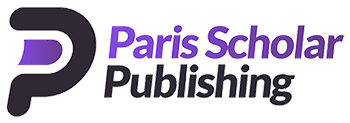Messaging Considerations in Teen Pregnancy and Sexually Transmitted Infection Prevention
An Open Access article published in the Health Behavior and Policy Review Journal.
The full article is available as a PDF download.
Authors:
Kayla Knopp, PhD
Galena Rhoades, PhD
Lisa Rue, PhD
Michael Floren, PhD
Kiley Floren, MPH
Objective:
Teen pregnancy and sexually transmitted infection (STI) prevention are top public health goals. Despite decades of research, programs to prevent adverse sexual health outcomes among adolescents show limited effectiveness in broad dissemination. In the current study, we aimed to identify understudied factors that may impact effectiveness of teen pregnancy and STI prevention (TPP) programs, with goals of informing innovation in program development and outlining future research priorities.
Methods:
A panel of experts in TPP programs generated a list of understudied constructs in evaluation research, distilled to 3 considerations regarding messaging: single versus multiple messages, adverse effects of safety messages, and sociocultural context. We conducted an exploratory search of published literature in health promotion fields targeted toward messaging strategies, and we synthesized information from relevant empirical and review papers.
Results:
Limited evidence was found suggesting multiple messages or adverse message impacts are likely to impair TPP program effectiveness overall, although both may emerge in certain contexts and populations. In contrast, considerable evidence highlighted the importance of cultural context and individual differences.
Conclusions:
Effective TPP program messaging should be consistent, tailored, and systemic. Future research should evaluate these messaging strategies to determine whether they may enhance program impacts.
Source: Health Behavior and Policy Review, Volume 8, Number 6, November 2021, pp. 596-608(13)
Publisher: Paris Scholar Publishing Ltd.
DOI: https://doi.org/10.14485/HBPR.8.6.10
